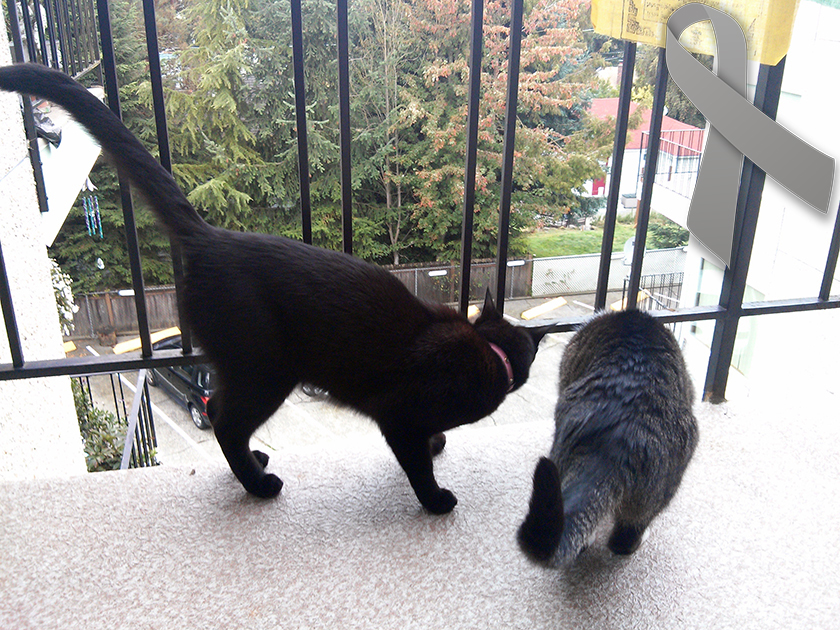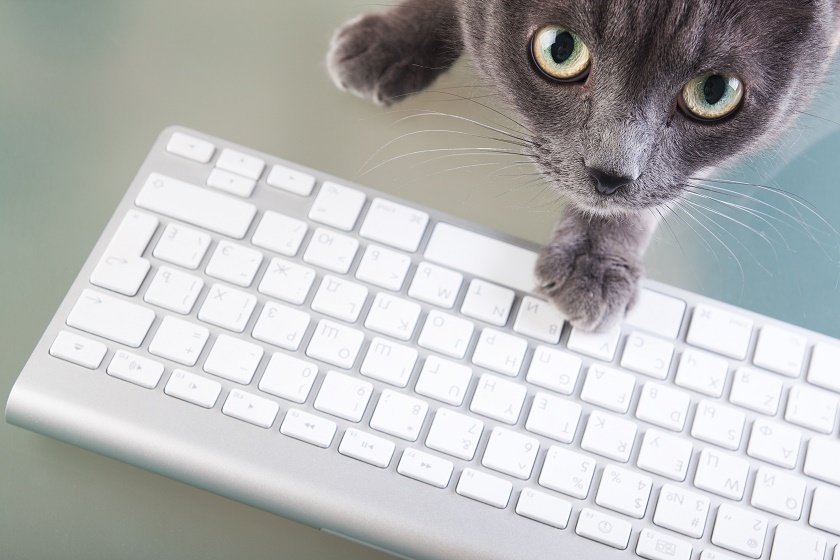What You Need to Know About Feline Diabetes
Guest post by JaneA Kelley
November is Pet Diabetes Awareness Month, and with diabetes on the rise in cats and dogs, it’s important to know the facts about this disease and how to manage it. I’m going to focus on feline diabetes because it’s a topic I know quite a bit about, having adopted a diabetic kitty and gotten her into remission. You’ll also notice that I’ve included the gray ribbon, the symbol of diabetes awareness, with all the photos in this post.
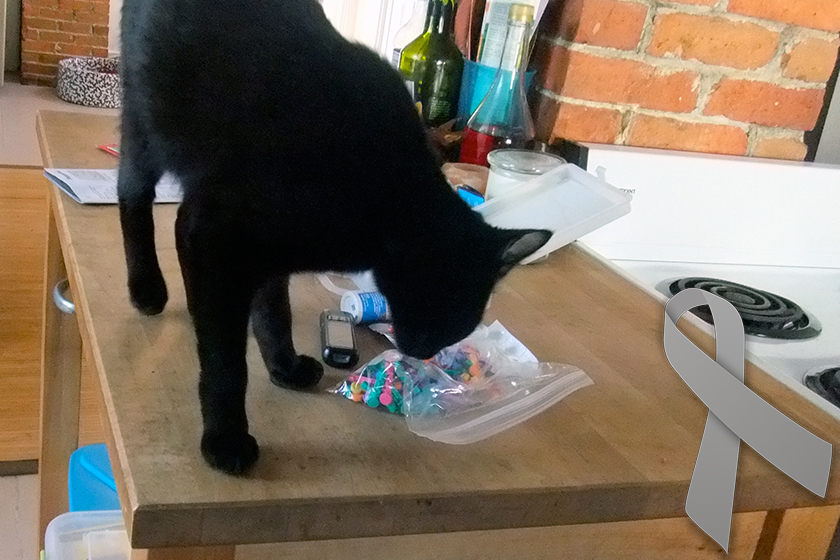 You probably know diabetes as a disease associated with sugar, and that’s sort of right, but let me start out with some background information.
You probably know diabetes as a disease associated with sugar, and that’s sort of right, but let me start out with some background information.
- What is diabetes?
When a cat eats sugar or carbohydrates, a gland called the pancreas secretes a hormone called insulin. Insulin is crucial in turning sugar and carbohydrates into energy the body can use. In diabetes, one of two things happens: Either the pancreas doesn’t produce enough insulin (Type 1 diabetes), or the pancreas produces insulin but the body doesn’t know how to use it (Type 2 diabetes). - What causes diabetes?
Most cats have Type 2 diabetes, and this is primarily brought about by obesity. According to a recent study, 58 percent cats are overweight or obese. That’s a lot of cats at higher risk of getting diabetes. Steroid use can sometimes cause transient diabetes – that is, diabetes that goes away after the medication is stopped. A few cats also have other disorders such as acromegaly that can cause diabetes.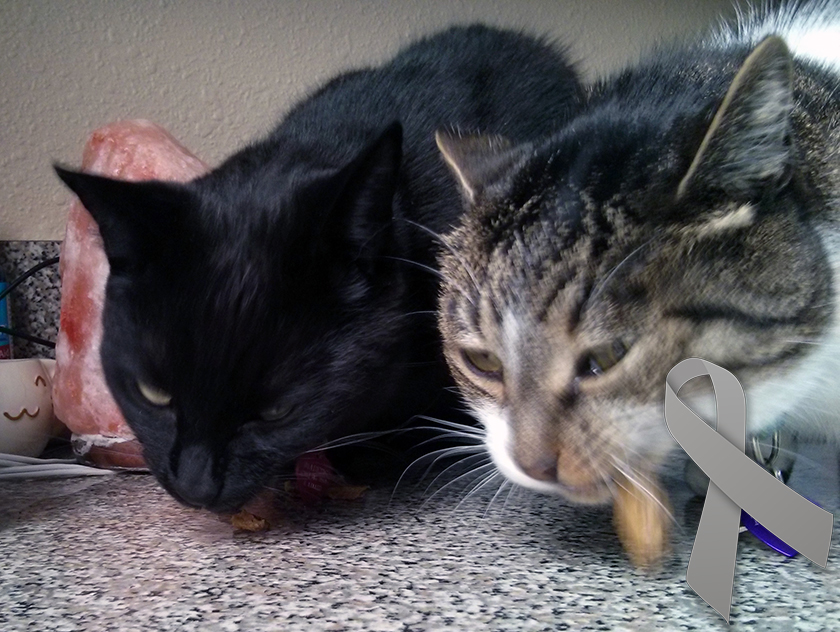
- What are the symptoms of diabetes?
The most commonly noticed symptoms are polydipsia (drinking excessively) and polyuria (peeing excessively). Another common symptom is weight loss despite a large appetite. As the cat’s blood glucose increases, he can become lethargic and depressed; this is the precursor to a condition called diabetic ketoacidosis (DKA), which requires expensive hospitalization to treat. - My cat has diabetes. Now what?
First, don’t panic. The most important things you can do are to work closely with your vet and find some support and mentoring, either online or locally. Most vets know the basics of diabetes, and some are willing to go the extra mile and not only learn all they can but help you learn all you can as well. The most reliable sources of information and mentoring online are Feline Diabetes and the Feline Diabetes Message Board. You may also want to turn your cat’s collar into a medical alert tool by having “Diabetic” engraved on the back of her tag along with your phone number.
- What are the most important things I can do to keep my diabetic cat healthy?
First of all, feed a species-appropriate diet. More and more vets are recommending that cats, as obligate carnivores, should eat a diet of high-quality canned food rather than kibble because their bodies simply don’t have a digestive system designed to cope with carbohydrates. I feed my cats a commercially prepared raw diet which has complete nutrition and doesn’t overload them with carbs. There are low-carbohydrate foods available at every price point, so you don’t have to buy ultra-premium food for your diabetic cat. Lisa Pierson, DVM, has created a chart listing carbohydrate, fat, protein, and calorie measurements for many canned and raw cat foods.Second, and even more important, home blood testing is crucial! I can’t overstate the importance of monitoring your cat’s blood glucose at home. This will save you money because you’ll be able to do blood glucose curves (measuring blood glucose level ever two hours) at home, it will help to prevent hypoglycemic episodes and DKA, and will allow you to see if your cat is going into remission. FelineDiabetes.com has a library of how-to guides and videos on how to home test your cat.
- What? Remission?
Yes, remission. Unlike diabetic dogs, most diabetic cats can go into remission – that is, they no longer need to be on insulin. This typically happens with a combination of weight loss, a species-appropriate diet, and close monitoring of blood glucose levels. I wrote about how I got my diabetic kitty, Belladonna, into remission, in this post on my blog But even when a cat is in remission, it’s a good idea to test occasionally, especially if your cat is under stress. Stress could be comprised of anything from an illness to moving house to a new cat moving into your home. You want to be sure your cat is remaining in remission, and if he’s not, to know that before he gets really sick. - What if I can’t afford to take care of my diabetic cat?
Medical care for a diabetic cat can be expensive. Insulin is the biggest single cost you’ll have, but test strips and urgent care for hypoglycemia and DKAs are also pretty pricey. But please don’t fear that you’ll have to give your kitty up or have her euthanized! There are organizations that provide assistance with medical costs for cats with diabetes. Chief among these is Diabetic Cats In Need, whose mission is to keep diabetic cats in their homes through education and assistance, and to find safe homes for diabetic cats that find themselves in shelters. Other resources can be found through this page on Alley Cat Allies’ website.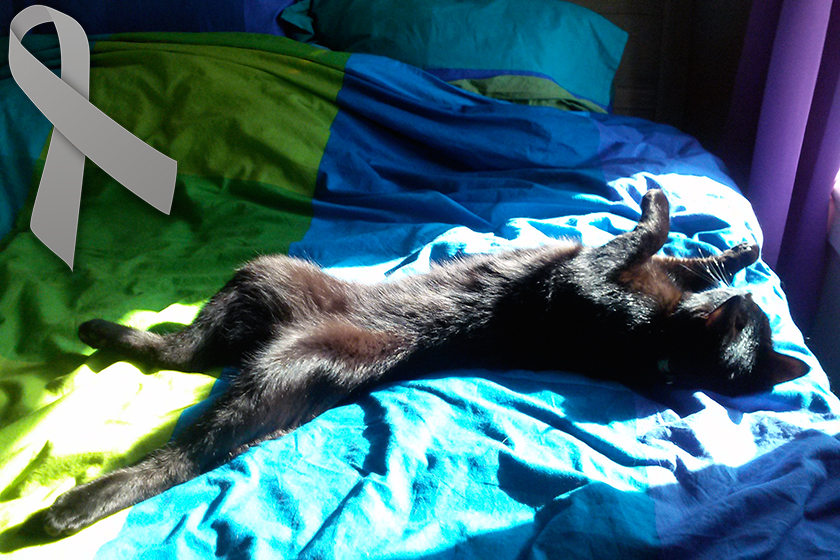
- I’ve been doing everything you said and my cat’s diabetes is still out of control! Now what?
Your cat may have a rare condition such as acromegaly that is interfering with his body’s ability to use the insulin it processes. If your cat’s blood glucose is still not under control despite large amounts of insulin and a species-appropriate diet, ask your vet about this possibility and have tests done to determine whether your kitty has this problem.
When your cat gets a diabetes diagnosis, it’s going to be a big change for you in terms of your routine, but the actual process of taking care of a diabetic cat is a lot less intimidating than it seems. With mentors and a good vet, your cat will thrive even if he doesn’t go into remission. Of course, the best idea is to keep your cat from getting diabetes in the first place. Watch his weight, feed a species-appropriate diet, provide exercise and enrichment, get regular veterinary care including blood and urine tests, and keep his stress levels to a minimum.
Do you have any questions about feline diabetes? Go ahead and ask them in the comments.
JaneA Kelley is the webmaster and chief cat slave of the award-winning blog, Paws and Effect. She is a contributing author for the print and online versions of Catster Magazine, and serves as the secretary and social media manager for Diabetic Cats in Need, a nonprofit dedicated to helping people care for their diabetic cats.



